table of contents:
Getting started in sewing can seem daunting when you're faced with a sewing machine, fabric choices, and unfamiliar tools. However, with the right foundation, every step becomes a source of pride.
This article will guide you through choosing an affordable machine, taming the essentials, avoiding slippery or stretchy fabrics, and discovering the ideal cotton poplin for beginners. Practical projects and tips for solving your machine's quirks will help you progress smoothly , while cultivating patience and creativity. Turn your ideas into reality, one stitch at a time.
The essential equipment to start sewing (without breaking the bank)
Learning to sew doesn't require investing in an arsenal of expensive tools. In a few simple steps, you can get started with a budget that fits your needs. To get off to a good start in sewing, all you need is a few well-chosen essentials. Here's a basic selection to avoid purchasing mistakes and get off to a smooth start .
The sewing machine: your best ally to get started
Contrary to popular belief, an electronic sewing machine is ideal for beginners. It offers features such as speed adjustment, presser foot position indicators, and an automatic one-step buttonhole.
These tools simplify learning and reduce errors . Mechanical models , while sometimes less expensive, lack these aids and can discourage novices.
For a first purchase, budget between €150 and €200 for a reliable electronic machine. Used models like the Lewenstein Lilly (€180-200) or the Janome 9077 (€560-600) offer a good balance between quality and simplicity. Look for brands like Juki, Janome, or Lewenstein , which are renowned for their durability and after-sales service.
The Essential Sewing Box: The Tools You Can't Live Without
To sew effectively, you only need a few basic tools. Here's a must-have list to avoid frustration :
- A good pair of sewing scissors : These are for fabric use only, to prevent them from becoming dull. Choose ergonomic models that are designed for your dominant hand.
- A thread cutter or small scissors : To cut threads precisely, especially after sewing or to trim corners.
- A seam ripper : A real guarantee of error for beginners, this tool allows you to undo failed seams without damaging the fabric.
- Fine pins : To hold fabrics in place before sewing. Choose flat-headed models for better hold.
- A tape measure : Essential for measuring fabrics and taking accurate measurements. Choose one that is flexible and long enough (1.50 m).
- Tailor's chalk or an erasable pen : To mark the markings on the fabric. An erasable pen, whose ink disappears with an iron, is ideal.
- Spare machine needles : Change regularly depending on the fabric being used. Sizes 70/10 or 80/12 are suitable for most simple projects.
- An iron : For clean finishes. A steam iron makes it easier to smooth out seams and folds.
Investing in these durable tools ensures a smooth learning curve . When starting out in sewing, there's no need to multiply the accessories: a few well-chosen essentials are enough to progress quickly. For example, quality scissors (around €30) prevent uneven cuts, while a well-chosen tape measure simplifies measurements.
For tight budgets, buy in-store for advice or opt for refurbished second-hand, but always check the machine's local repairability.
Easily find all the accessories you need for sewing at Verotex.

Choosing your first fabrics: the secret to not getting discouraged
Selecting the right fabric determines the success of your first sewing projects. Choosing the right fabric prevents frustrating mistakes and makes learning a positive experience. When starting out in sewing, it's recommended to choose materials that are easy to work with, such as cotton or poplin, to avoid the disappointment of a fabric that's too complex. Did you know that 70% of beginners give up after an initial failure due to choosing the wrong fabric? Here's how to avoid this pitfall by choosing a fabric that's right for your skill level.
Beginner-Friendly Fabrics: Where to Start?
Choose fabrics that are stable and easy to handle . Cotton poplin is ideal. Thin, supple, and tightly woven, it resists common mistakes. Poplin is suitable for dresses, shirts, and slipcovers. Cretonne, which is thicker, offers a strong hold for accessories like cushions. Chambray (similar to denim) is perfect for pants or shirts. Finally, washed linen provides a natural structure and is ideal for wipes or napkins.
To begin sewing, choosing this type of stable fabric allows you to progress calmly without being discouraged by materials that are too slippery or stretchy. Using a Juki sewing machine also makes learning easier, thanks to their precision and robustness, ideal for simple projects.
For simple projects, opt for cotton canvas tote bags or chambray elasticated skirts. These designs combine ease of assembly with the use of stable fabrics. Beginners gain confidence by avoiding demanding fabrics.
Fabrics to avoid (for now)
When you are just starting out in sewing, avoid the following fabrics:
- Stretchy fabrics like jersey that stretch and distort the seams.
- Viscose or silk, fluids that slip under the needle, making cutting imprecise.
- Velvet that requires constant attention for a consistent finish.
- Fabrics with complex patterns (checks, stripes) that require precise matching are reserved for experienced seamstresses.
- Very fine fabrics (cotton voile, satin) which require extreme precision, often inaccessible at the beginning of learning.
- Fabrics with identical front and back sides increase the risk of errors.
Don't be tempted by these materials until you've mastered the basics: failure could discourage you. Focus on generous fabrics that teach you a lesson without frustration. These choices are essential for starting to enjoy sewing and progressing step by step.
Whether for the manufacture of textile accessories or the creation of clothing, you will find all types of fabrics at Verotex.
The crucial step before cutting: why wash and iron your fabric?
Unwashed fabric can shrink after the first use, making your creation too small. Shrinkage especially affects natural fibers like cotton or linen. Pre-washing also removes industrial finishes and sets the dimensions.
When starting out in sewing, getting into the habit of washing and ironing your fabric before cutting can help you avoid many disappointments, especially on your first projects. If you 're using a mini sewing machine , these preparations become even more important, as precise cutting and a well-smoothed fabric make the job much easier.
Always iron fabric to remove wrinkles, because a smooth surface ensures precise cutting to avoid misaligned seams. This often overlooked step is the key to a long-lasting project .
For fitted clothing projects, pre-washing is essential. However, for accessories like wipes or blankets, a slight variation in size is acceptable. By following these steps, you maximize your chances of success on your first project .

Your first steps: from the pattern to the first seam
Learning to sew can seem daunting, but by following simple steps, you'll quickly transform a piece of fabric into a useful creation. Did you know that 80% of beginners give up due to a lack of understanding of the basics?
Don't be one of them: master the pattern, choose accessible projects, and prepare your fabric carefully. These key steps will guide you to success , even if you're starting out with no experience.
Understanding the language of a sewing pattern
A pattern is a technical plan where each symbol has a specific function . The grain line indicates the direction of the fabric to align with the selvedges. If you neglect this step, the garment risks being misshapen. To begin sewing, it is essential to understand the symbols and markings on the pattern, as they guide each step of assembly and avoid common mistakes.
Seam allowances (usually 1.5 cm) mark where to sew, while assembly notches (lines or diamonds) ensure the alignment of the pieces. For beginners, the straight grain is easy to identify: without a selvedge, rub a pin on the fabric. The slightly deviating threads indicate the direction to follow.
Keep the original pattern by adding it to tracing paper: this will allow you to reuse it for other sizes. Symbols like circles for eyelets or parallel lines for adjusting the length will quickly become allies .
A legend always accompanies the models, even if the codes vary depending on the brand. For those who really want to start sewing with confidence, taking the time to study these reference points from the very first project makes all the difference.
Ideas for simple and rewarding first projects
Each project builds confidence and basic techniques while remaining fun. You'll find plenty of free patterns and video tutorials to guide you. When starting out in sewing, it's a good idea to start with simple projects that allow you to practice straight stitches and piecing without getting discouraged.
The following projects develop essential skills without overloading beginners:
- Makeup remover wipes or washable paper towels : Ideal for practicing sewing straight lines on small areas. Use thick cotton and a straight stitch to avoid puckering. Video tutorials explain how to align fabrics and reinforce corners.
- The Wallet-Shaped Cushion Cover : Learn how to accurately measure and sew rectangles together. This hands-on project teaches invisible zippers and how to calculate seam allowances. Tip: Use patterned fabric to hide small stitching flaws.
- The Tote Bag : A classic for mastering straight seams, adding handles, and topstitching. An online tutorial shows step-by-step how to create integrated pockets. For a sturdy bag, opt for cotton canvas or recycled fabric. Discover a free guide to complete this project in 45 minutes.
- The elastic waist miniskirt : A first approach to a garment. Elastic simplifies the fit and avoids complex closures. You'll find free patterns for beginners, such as the Mina skirt, which includes step-by-step instructions.
Preparation, 80% of the work: cutting and preparing your fabric
Before sewing, the fabric must be perfectly prepared. Wash it to avoid shrinkage, then iron it for precise cutting . When starting out in sewing, getting into the habit of carefully preparing the fabric and pattern is essential: this makes cutting easier and limits errors.
Place the pattern along the grain: if the fabric has a selvedge, the arrow on the pattern should be parallel to it. Pin the pieces firmly to avoid misalignment. For thick fabrics, a rotary cutter and a 60 cm ruler ensure clean cuts.
Fraying fabric edges need to be protected. Use a serger or the zigzag stitch on your sewing machine, such as a Juki machine , to reinforce the edges. This simple step prevents unsightly puckering and extends the life of your project .
When starting out in sewing, it's also recommended to label each piece you cut out: this avoids confusion during assembly and makes the project run more smoothly. For slippery fabrics like silk, thin pins hold the pieces in place without damaging them.

"Help, my machine is broken!": The beginner's troubleshooting guide
Are you starting to sew and your machine refuses to work? Rest assured, 90% of problems stem from simple mistakes that can be solved. These challenges are part of the learning curve. Here are some practical solutions to help you get back to sewing with confidence, along with tips for properly preparing your sewing machine.
Why isn't my sewing perfect? Identify and solve common problems
Technical difficulties are common, even for experienced seamstresses. Here are the five most common problems, along with their causes and solutions , to help you progress without frustration:
|
Common problem |
Possible causes |
Simple solutions to test |
|
The top thread breaks |
1. Machine not threaded correctly. 2. Thread tension too tight. 3. Needle damaged or unsuitable. |
1. Rethread the machine (foot raised). 2. Lower the tension. 3. Change the needle. |
|
The bottom thread makes loops |
1. Bobbin not inserted correctly. 2. Upper thread tension too low. |
1. Reinsert the bobbin correctly. 2. Increase the upper tension. |
|
The machine "skips" stitches |
1. Unsuitable or damaged needle. |
1. Replace with a suitable needle (stretch, denim, etc.). |
|
The fabric gathers or creases |
1. Excessive tension. 2. Needle too large. |
1. Reduce tension. 2. Use a finer needle. |
|
The needle breaks |
1. Pulling the fabric instead of guiding it. 2. Wrong needle. |
1. Let the machine feed the fabric. 2. Choose a sturdy needle (size 90-100 for thick fabrics). |
Mistakes like incorrect threading or the wrong needle are normal. When starting out in sewing, it's important to understand that these minor mishaps are part of the learning process and can often be easily resolved, for example, by changing the needle.
Did you know that 80% of beginners solve their problems by changing their needle ? Free video tutorials guide you step by step. For example, a stretch needle for jerseys or a micro-griffon needle for technical fabrics.
To avoid blockages, clean your machine regularly with a fine brush, keep needles suitable for different fabrics, and download simple patterns like cushions or cotton bags.
With these tips, turn your "bugs" into progress! For those who really want to start sewing with confidence, following these tips from the start will help you gain confidence and avoid frustration.
Is your machine no longer working? A Verotex professional will be able to get it back in working order. Call us for efficient troubleshooting.
Progress in sewing: cultivate patience and find the right resources
Starting out in sewing is an exciting adventure, but progressing requires more than just a desire to create: patience and consistency are true allies. Every imperfect stitch becomes an opportunity to learn, and every completed project builds confidence. To move forward with confidence, it's essential to surround yourself with the right resources—whether tutorials, specialized books, or inspiring communities—to transform perseverance into true expertise.
The secret ingredient: patience and consistency
Sewing isn't a skill that can be learned overnight. Every stitch you sew is a step toward expertise, but you should embrace mistakes as learning opportunities . When starting out in sewing, it's essential to treat each small project as an exercise, rather than aiming for perfection from the start.
Imagine a marathon: the first steps are slow, but consistency pays off . A 20-minute session per week is better than sporadic hours. The seam ripper becomes your best ally for correcting mistakes without frustration. Imperfection is part of the process, even for experienced sewers.
A poorly executed project isn't a failure, but a concrete lesson. Every imperfect seam reinforces your technical mastery. Without patience, even the basics seem insurmountable. It's this quality that transforms a novice into a confident creator .
To progress smoothly and get started in sewing, set yourself realistic goals like one sewing project per day and one project per month. Progress will be visible over time.
Where can I find help and inspiration to keep going?
To avoid isolation, there are several resources available to guide beginners . Here are some accessible solutions:
- Video tutorials : Channels break down the steps into images. Ideal for visualizing complex gestures.
- Online communities: Join Facebook groups dedicated to sewing to connect with other sewing enthusiasts. Sharing experiences accelerates learning .
- Books for beginners : These provide a solid foundation with diagrams and concrete projects.
- Structured courses : Local workshops or online training, such as those from Verotex , offer personalized support to overcome blockages.
These tools increase your chances of success by combining theory, practice, and support. When starting out in sewing, it's recommended to take advantage of these resources from your very first project to progress smoothly and avoid frustration. The key? Never underestimate the value of free resources to progress at your own pace . And remember: every seamstress started with a first stitch.
Getting started in sewing requires patience and the right tools : a mechanical sewing machine, stable fabrics, and a seam ripper. Each project is a learning process: mistakes are part of the process. Thanks to tutorials and communities, you'll progress smoothly. Regular practice refines your technique and creativity .

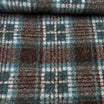
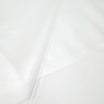

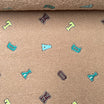
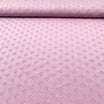

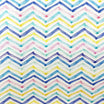
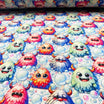




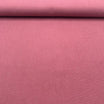


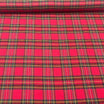

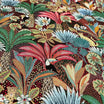
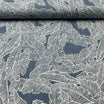
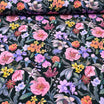
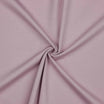
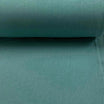

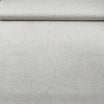

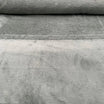
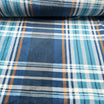
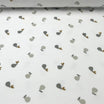
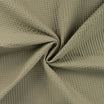


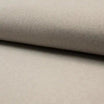


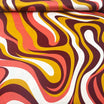

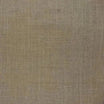
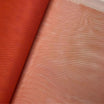
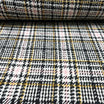
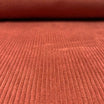
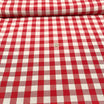

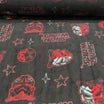
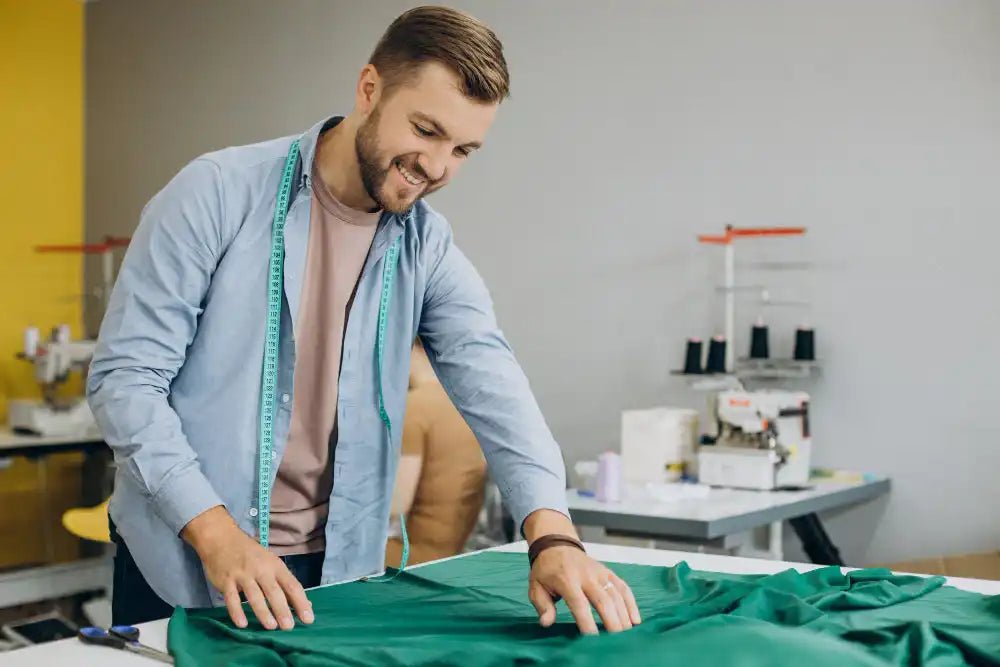

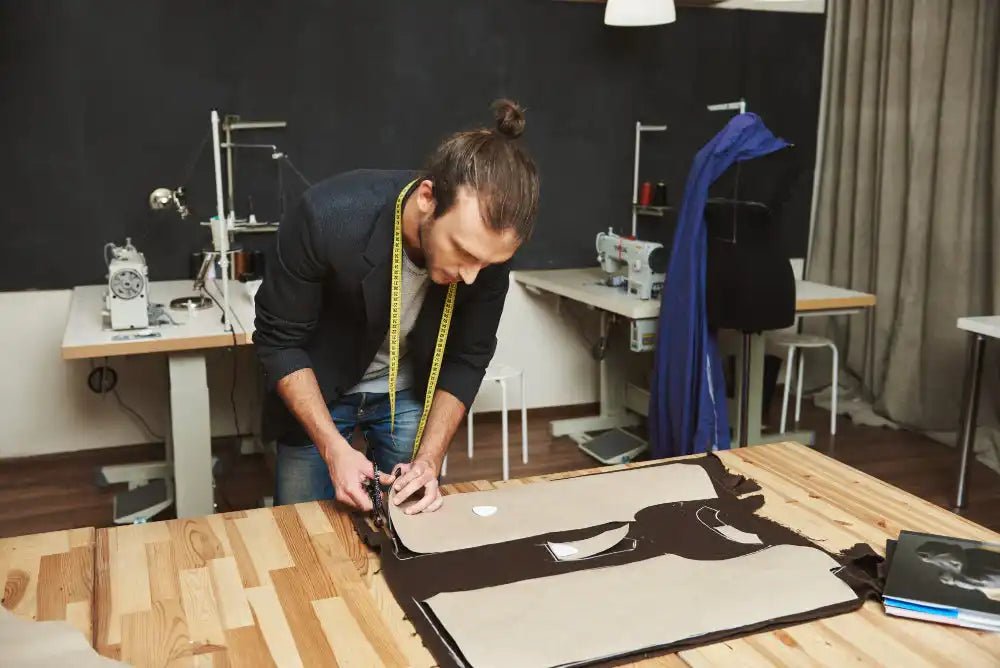
Leave a comment
All comments are moderated before being published.
This site is protected by hCaptcha and the hCaptcha Privacy Policy and Terms of Service apply.